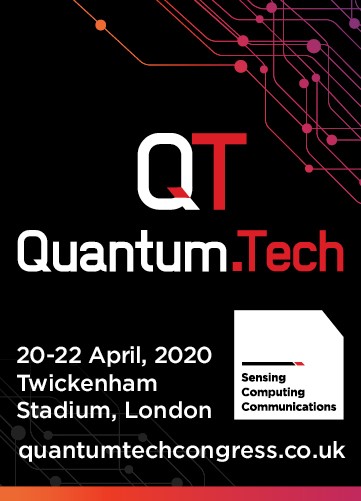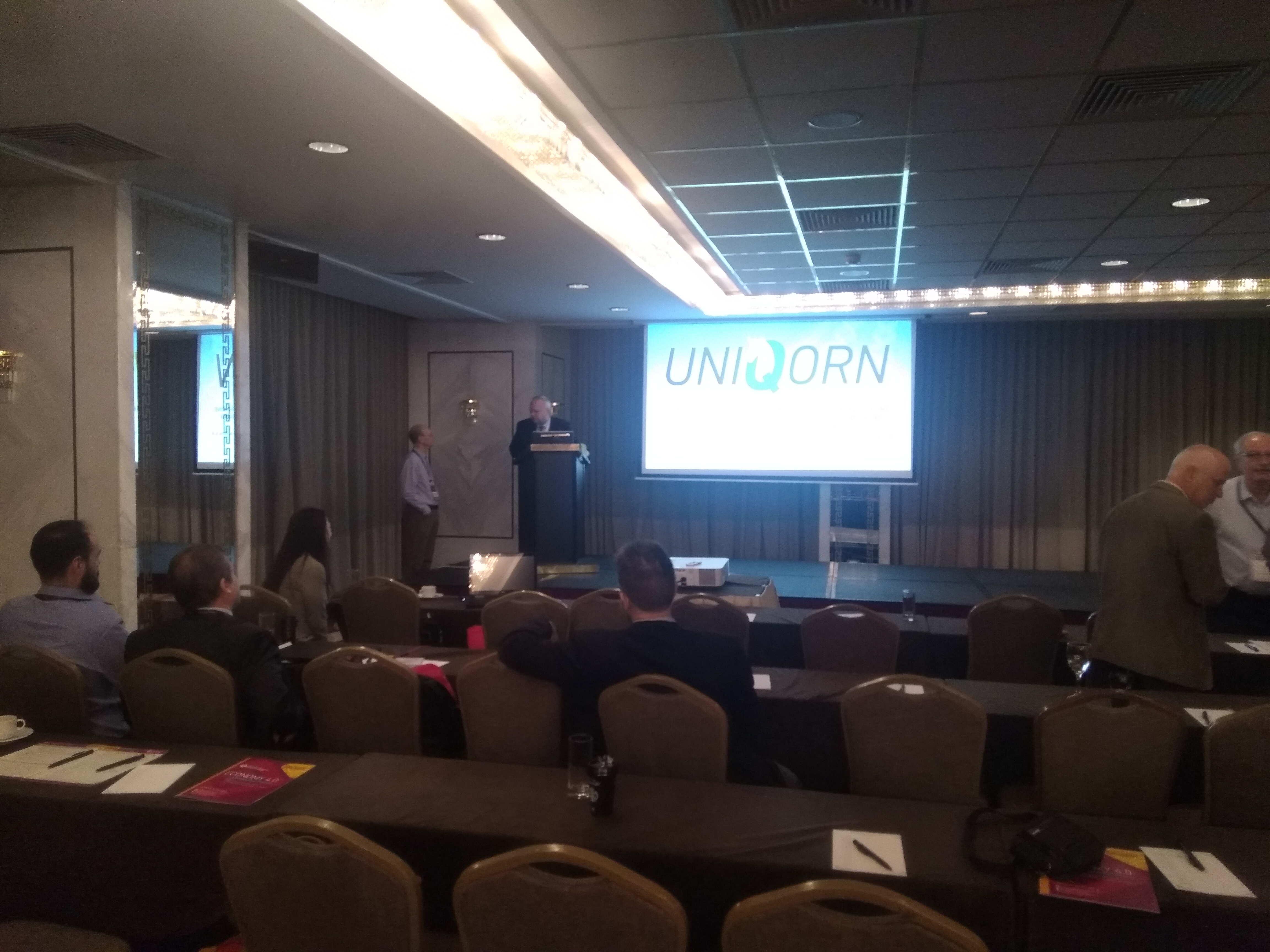Title
A platform approach towards hybrid photonic integration and assembly for communications, sensing, and quantum technologies based on a polymer waveguide technology
Authors
Moritz Kleinert, Madeleine Nuck, Hauke Conradi, David de Felipe, Martin Kresse, Walter Brinker, Crispin Zawadzki, Norbert Keil, Martin Schell
Abstract
We present functionalities of photonic integrated circuits and a generic assembly approach for their hybrid integration with other components in the polymer waveguide platform PolyBoard. In addition to standard integrated optics capabilities, the PolyBoard approach allows for the realization of flexible interconnects, the fabrication of multilayer waveguide structures with low intra-layer coupling losses, and the integration of bulk optical crystals in on-chip free-space sections. These functionalities enable PICs with applications ranging from communications, via sensing, to quantum technology. The semiautomated assembly process presented in the second part of this paper ensures the compatibility of all individual functionalities and the scalability of the developed approaches towards production.
Venue
2019 IEEE CPMT Symposium Japan (ICSJ)
Place and Date
Kyoto, Japan, 18-20 November 2019
[Download]

 Our project coordinator Hannes Hübel will be speaking at the 2nd edition of Quantum.Tech, which is being held at Twickenham Stadium, London, 20-22 April 2020.
Our project coordinator Hannes Hübel will be speaking at the 2nd edition of Quantum.Tech, which is being held at Twickenham Stadium, London, 20-22 April 2020.
